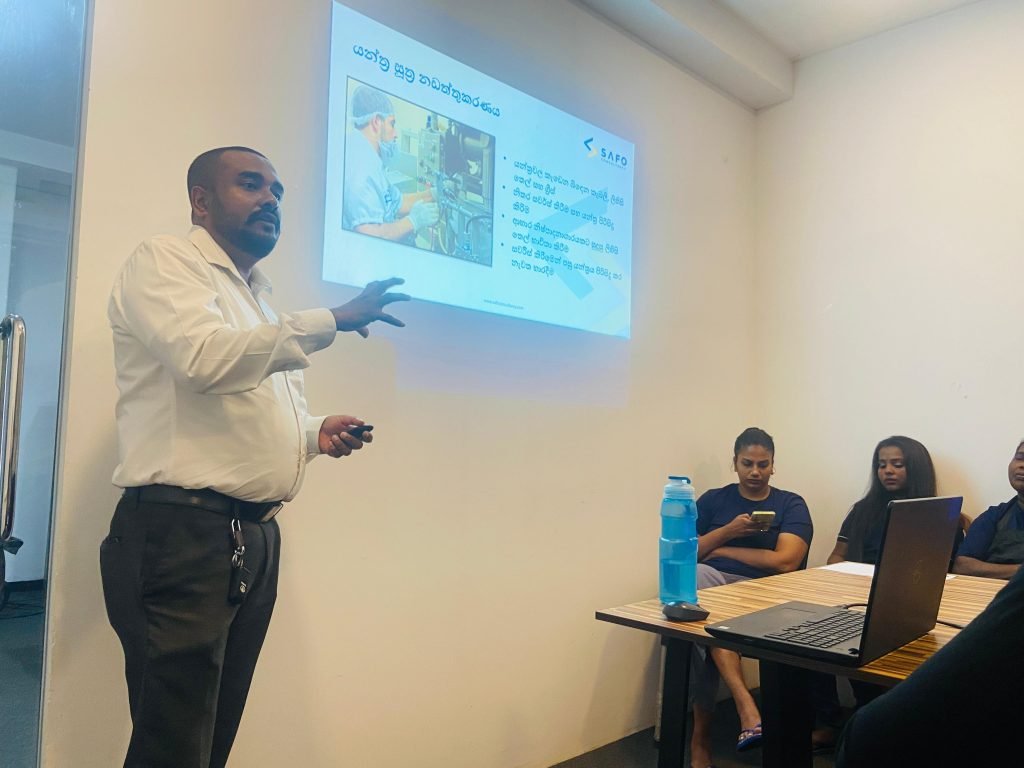
In the food industry, your team is your first line of defense against food safety risks. Proper training not only ensures compliance with regulations but also helps build a proactive culture of safety and quality. This article outlines the steps to train your team effectively for food safety excellence.
Why Training Matters
Employees who understand food safety principles are better equipped to identify and mitigate risks. Training also:
- Reduces the likelihood of foodborne illnesses.
- Enhances operational efficiency.
- Builds trust with consumers and stakeholders.
- Ensures compliance with standards like ISO 22000 and HACCP.
Step 1: Assess Training Needs
Start by identifying the specific skills and knowledge gaps in your team. Consider:
- Roles and responsibilities of employees.
- Common risks and challenges in your operations.
- Regulatory requirements and certification standards.
A thorough assessment ensures your training program is targeted and effective.
Step 2: Develop a Comprehensive Training Program
Design a training program that covers all critical aspects of food safety, including:
- Personal Hygiene: Proper handwashing, use of protective clothing, and hygiene practices.
- Hazard Identification: Understanding biological, chemical, and physical hazards.
- Critical Control Points: Identifying and monitoring key points in the food production process.
- Emergency Procedures: Responding to contamination incidents or recalls.
Step 3: Use Diverse Training Methods
People learn in different ways, so use a variety of methods to keep the training engaging and effective:
- Classroom Training: Formal sessions for detailed explanations and Q&A.
- Hands-On Training: Practical demonstrations and role-playing scenarios.
- E-Learning Modules: Online courses for flexibility and self-paced learning.
- Visual Aids: Posters, videos, and infographics to reinforce key messages.
Step 4: Foster a Culture of Continuous Learning
Training should not be a one-time event. Encourage ongoing learning by:
- Providing regular refresher courses.
- Sharing updates on industry trends and regulations.
- Offering incentives for employees who excel in food safety practices.
- Encouraging open communication and feedback.
Step 5: Monitor and Evaluate Training Effectiveness
Measure the success of your training program by:
- Observing employee performance.
- Conducting regular knowledge assessments.
- Reviewing audit results and incident reports.
- Gathering feedback from employees on training content and delivery.
Use this data to refine and improve your training initiatives.
How SAFO Consultancy Pvt Ltd Can Help
At SAFO Consultancy Pvt Ltd, we offer tailored training programs to empower your team. Our services include:
- Interactive workshops on food safety best practices.
- HACCP and ISO 22000 training modules.
- Customizable e-learning courses.
- On-site training and coaching sessions.
With our expertise, you can create a knowledgeable and confident workforce committed to food safety excellence.
Conclusion
Investing in food safety training is an investment in your business’s success. By equipping your team with the right knowledge and skills, you not only achieve compliance but also build a strong reputation for quality and safety. Let SAFO Consultancy Pvt Ltd guide you in developing a training program that delivers lasting results.
